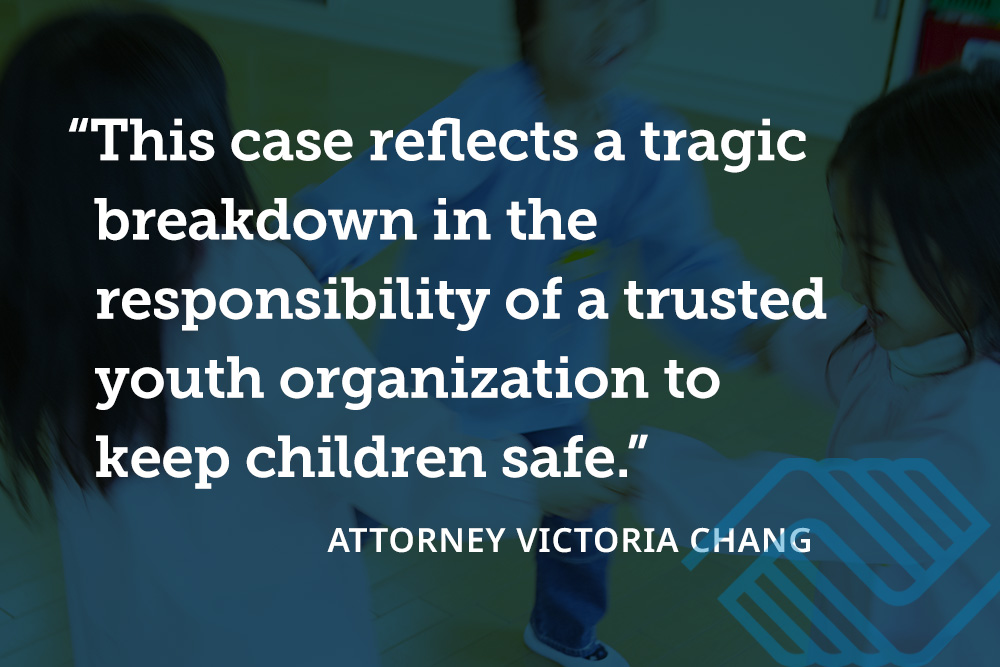
Scientists are researching the differences between male and female brains. Data shows surprising differences in how they receive and respond to injury.
If there were two brains on a medical table, it would be easy to mistake a woman’s brain for a man’s. Although similarly built, subtle differences in processing, chemistry, structure, and cultural conditions make mTBI experiences unique for each gender. Studies focused on risk factors for sports-related concussions use reported mTBI incidents in youth and high school sports to analyze patterns. Yet a review of existing studies still demonstrates there is a need for larger sample sizes, finer metrics for risk exposure and prospective cohort studies.
In sports such as American football or high school lacrosse, males were found to be at greater risk when compared to female athletes, particularly at the junior high level. This does not necessarily mean males suffer more brain injuries in sports—female athletes were at greater injury risk in basketball and soccer, with risk increasing during high school. There is also a bias to consider, as culturally men play sports with more physical contact.
In sports with similar rules, female athletes sustain more concussions than male counterparts. Additionally, female athletes generally report a higher number and severity of symptoms as well as a longer duration of recovery than male athletes.
Female soccer players are 1.5 to 2.5 times more likely to receive a mTBI as compared to males, while female basketball players have a 1.5 to 3 times more likelihood. While playing soccer, females were found to increase head acceleration during impacts compared to males, showing decreased neck strength and effective head mass.
One reason female populations show a higher rate of concussions and symptoms could be because girls and women are more likely to self-report their concussions when they’re injured and follow up. Regardless, studies show both male and female populations tend not to report concussions when they occur in sports.






